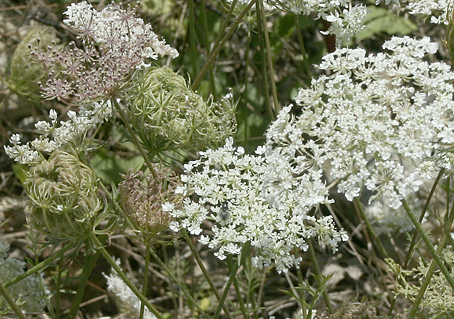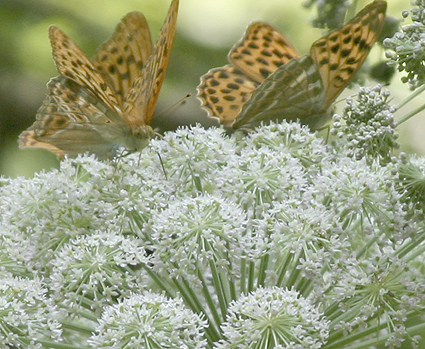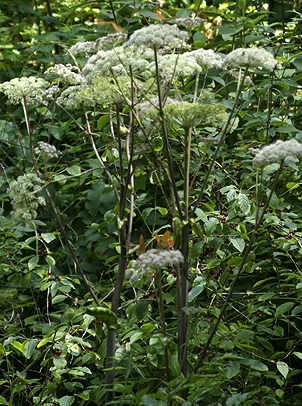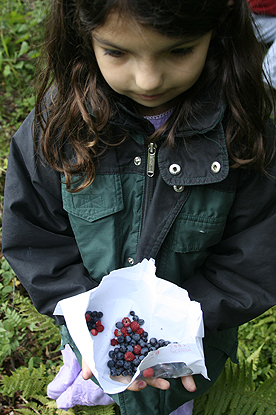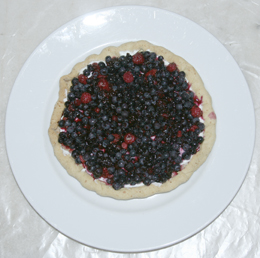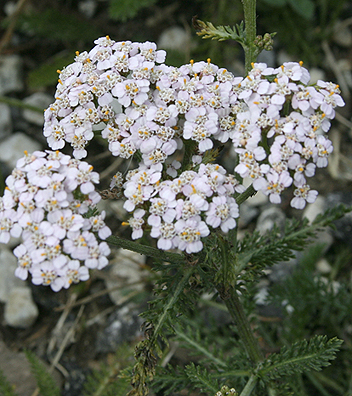We are still working through Suzuki piano book 1, and I suppose it is fair to say that this could be considered slow progress. After 10 months we are nearly half way through! As far as Antonia was concerned, that’s partly because she took a lot of moments off to pursue her own musical ideas, improvising, sounding out tunes she knew and so on. I never wanted to push her to practice, so I figured if she was doing something on the piano, that was more than fine. Recently, she has put a spurt on. I consider her to be more musical than me. She can figure out most of the melodies just by listening to the CD. She doesn’t have as much music theory and reading background as me, which slows her down. She is starting to be frustrated by this, so we are tackling it.
As for me, I could technically handle all the pieces in book 1 to start with – after a fashion. But I just had my moment of epiphany. Suddenly, something happened and I could play everything so much better. I don’t even know how to describe it, but its something to do with left and right hand coordination or independence or something. Because it’s so exciting for me, I’m no longer marking time on Book 1 to keep with Antonia, but zooming through it in excitement to get to Book 2. And I’ve also been realising that I am probably more musical than I ever gave myself credit for.
I pretty much taught myself music and I’m afraid I miseducated myself by an overeliance on reading music. I was a brilliant reader very early on, and reading music was never an issue for me. Unfortunately it distracted me from listening, remembering, repeating and analysing pieces. I knew I wanted something more listening based for Antonia. In Suzuki, it’s important to listen to the pieces (on a CD), and to memorise them. The pieces are longer and more technical than is usually found in beginners methods. You do need to really work on them, especially if you are a genuine beginner, not a false one like me. Each one contains a new piece of technical – and musical – information. I also have the teacher’s guide. I kind of laughed when it said that children can usually play the pieces by ear before being taught them, and that they can play a basic accompaniment to an original piece without being taught explicitly. It seems like a small miracle to me that my daughter can acutally do this! She has absorbed the musical ideas and uses them in her own improvisations!
As for me – I know I get no bragging rights for being very competent at the first half of Suzuki book 1. Lots of 5 year olds can do the same as me. But progress is progress so I am bragging anyway. Suzuki has renewed my hope of one day being a reasonably good piano player – especially when I look ahead to Book 2 and drool over the ‘real’ classical music in there.
